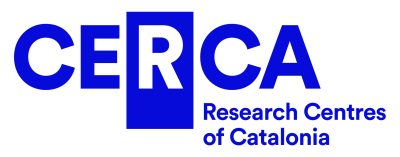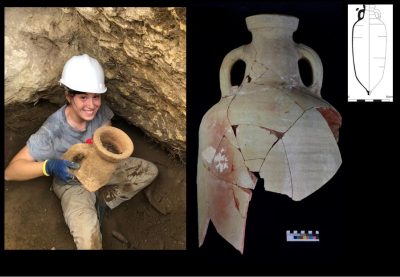
Archaeological works carried out by the group of experts and students states the urban and military character of this prominent settlement in the Mediterranean.
The archaeological excavations that have been carried out at the Visigothic site of Valencia “la Vella,” in Riba-roja de Túria (València), suggest the existence of a workshop for coin minting in this area, following the discovery of new specimens during the study and exploration sessions conducted in the zone.
Additionally, North African amphorae from the 6th century have also been recovered.
Over the past few weeks, the archaeological works have led to the recovery of more than 50 legally used coins from the Visigothic era in Riba-roja de Túria. Among them, some were minted in the Italy of the Ostrogothic kingdom, others originated from present-day Tunisia, and there are also some crafted during the periods of Vandal and Byzantine occupations, as well as other pieces from various areas of the Iberian Peninsula.
The discovery of these 50 coins in the area was made possible thanks to the efforts of expert archaeologists and students participating in the 6th Course of Visigothic and Christian Archaeology in Valencia “la Vella”. 2023 archaeological campaign ran under the coordination of Albert Ribera, with archaeological direction by Òscar Caldés, Josep Maria Macias, and Miquel Rosselló, and the technical team of Andreu Muñoz and Josep Maria Puche. The excavation works involved a group of 11 course students and five other collaborators.
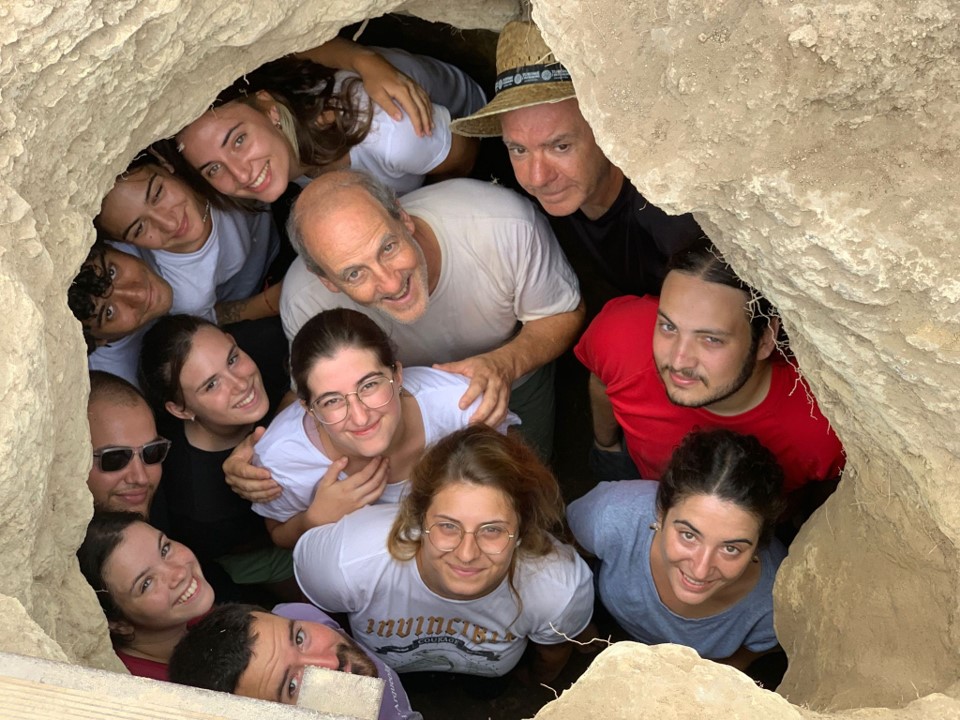
The coins discovered in this edition add to the more than 350 coins that have been found over the past years, including some of notable significance, such as one minted in Rome that belonged to the Ostrogothic king Totila, who passed away in the year 552 and was also known by the name Baduila. Moreover, the works have focused on the typological identification of the abundant ceramic findings at the site in this edition, dating back to the 6th and 7th centuries AD.
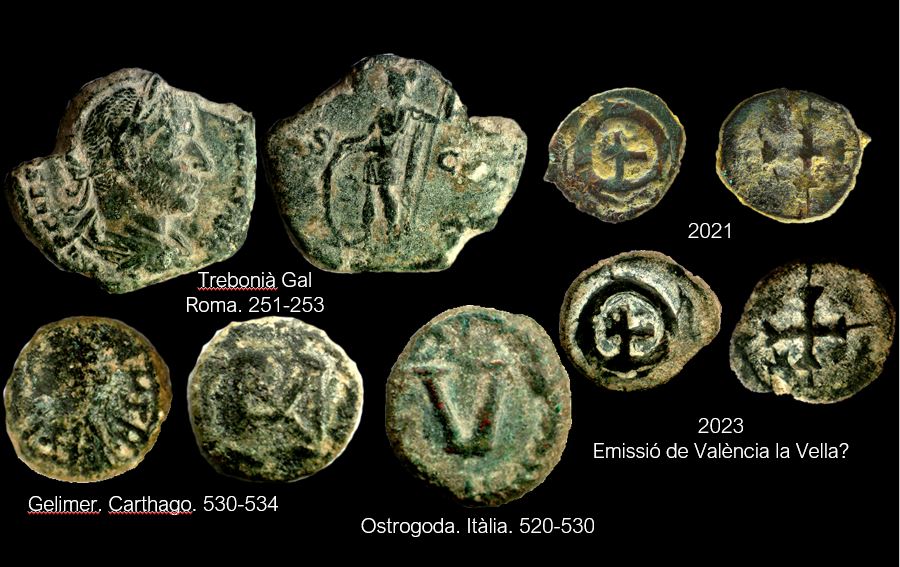
The eighth edition of the archaeological excavations at Valencia “la Vella” has been made possible thanks to the funding from the City Council of Riba-roja de Túria and the Valencia Provincial Government, in collaboration with the Catalan Institute of Classical Archaeology (ICAC-CERCA) and the Friedrich Alexander Universität-Erlangen-Nürnberg, as well as the University of Seville, for complementary research activities.
The archaeological works this year have focused on intensifying field studies of the main areas where the Visigothic city was divided, based on three delimited sectors due to the efforts conducted in recent years. In the highest area of the site, new blocks of stone have been discovered, embedded in a geological layer, covered by a circulation level formed by a street, the partial preservation of which is currently visible.
With the Friedrich Alexander Universität-Erlangen-Nürnberg, a geophysical survey was conducted on the intermediate platform of the Visigothic city. Through the survey, it was possible to determine the existence of different architectural spaces and a potential street in this area of the city.
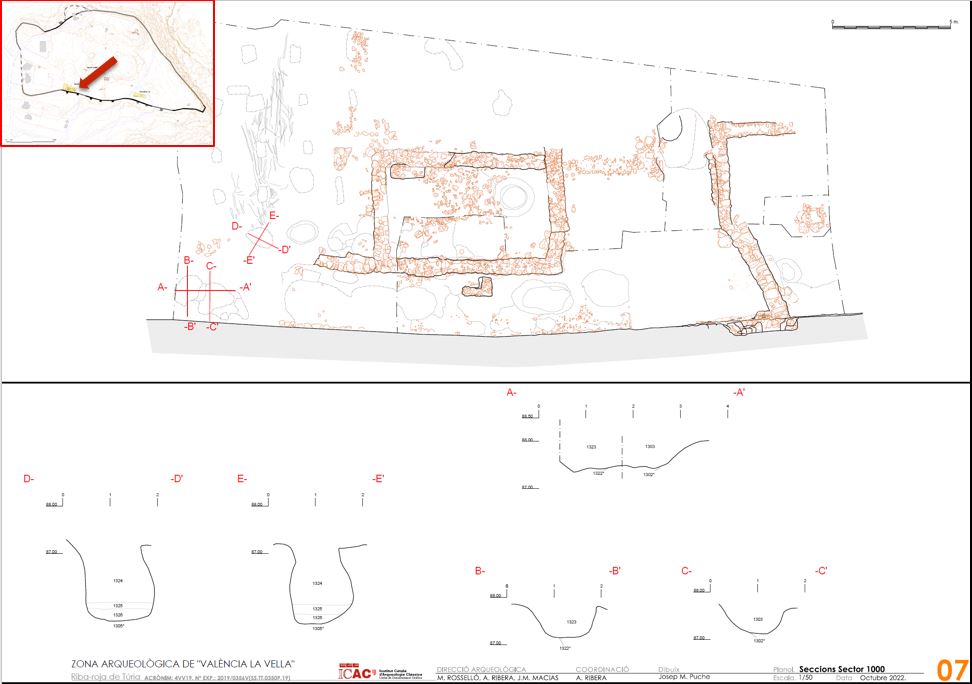
With the University of Sevilla, and the funding from the Palarq Foundation, a project of selection and collection of samples of lime mortar has been carried out for Carbon-14 analysis. The dating using C-14 is conducted with the instrumental technique of accelerator mass spectrometry (AMS), using a 200kV MiCaDaS (Mini Carbon Dating System) available at the facilities of the National Accelerators Center in the Technology Park of Cartuja (Seville).
In the so-called area 1,000 of the site, new interconnected storage silos have been found, indicating the presence of an underground system covering an area of at least 30 square meters. These findings exhibit unique and relevant characteristics that were prevalent during the heyday of this dominant Visigothic site.
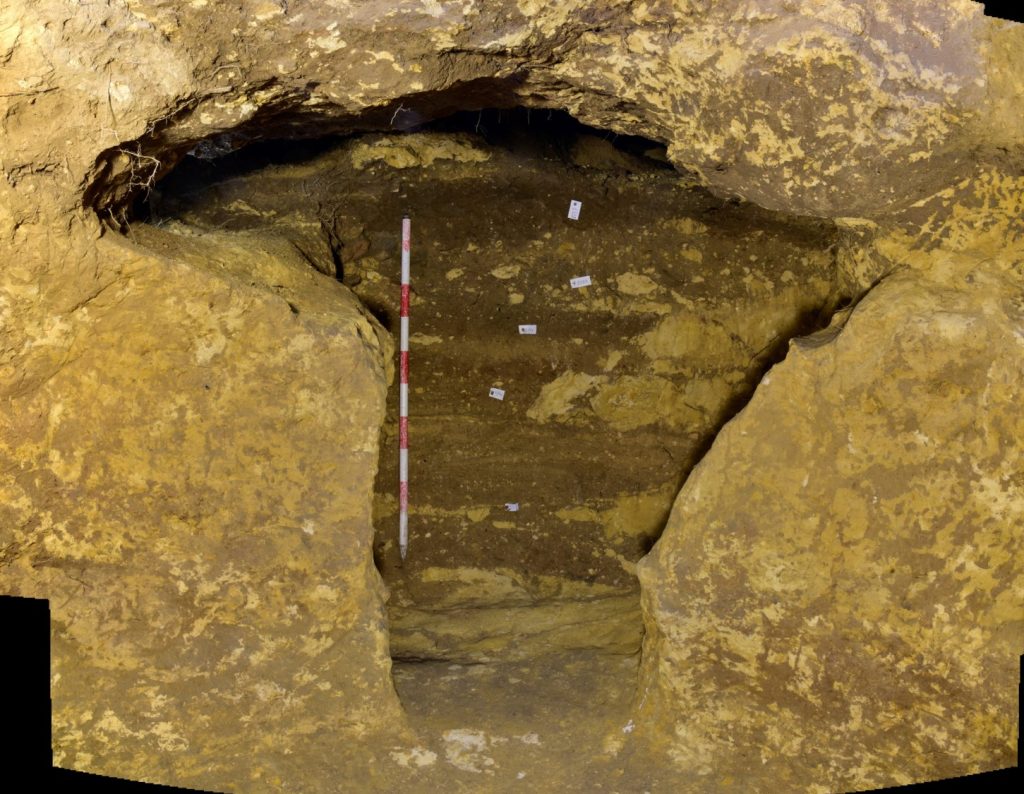
The latest results reaffirm the urban and military character of Valencia “la Vella” and inspire us to continue our research!
Finally, the works have continued in the third block of this archaeological site, in an area transitioning between the intermediate and lower platforms. After the excavation efforts, the presence of a system of staircases and corridors connecting both zones of the Visigothic city has been confirmed. These discoveries lead us to deduce that it represents a distinctive characteristic of the Visigothic city, where not only the surrounding walls but also its own urban circulation were prominent features.
During a visit to the archaeological site, the Mayor of Riba-roja de Túria, Robert Raga, emphasized “the remarkable work carried out by the expert archaeologists and students who have participated in the excavations, and edition after edition, have enabled us to uncover new specific discoveries about the Visigothic city that was predominant during the civilization of that era in the Mediterranean region. Now, this progress allows us to advance in our study and research, which is of great importance as we continue to learn about our origins from the civilizations that have passed through our municipality.”
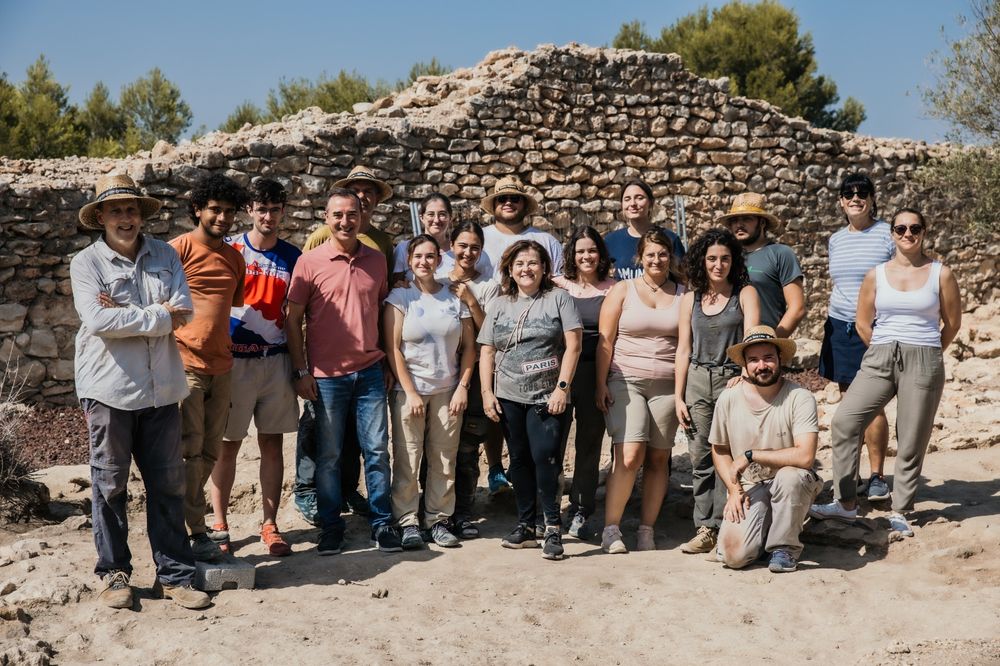
On July 19th, a open day event was organized at the archaeological site, which was attended by approximately 80 people. The archaeologists in charge of the 2023 archaeological campaign guided them through the various excavation points of the site and presented both the preliminary results of this year and the context of the progress made, as the ICAC has been conducting the research for over five years.
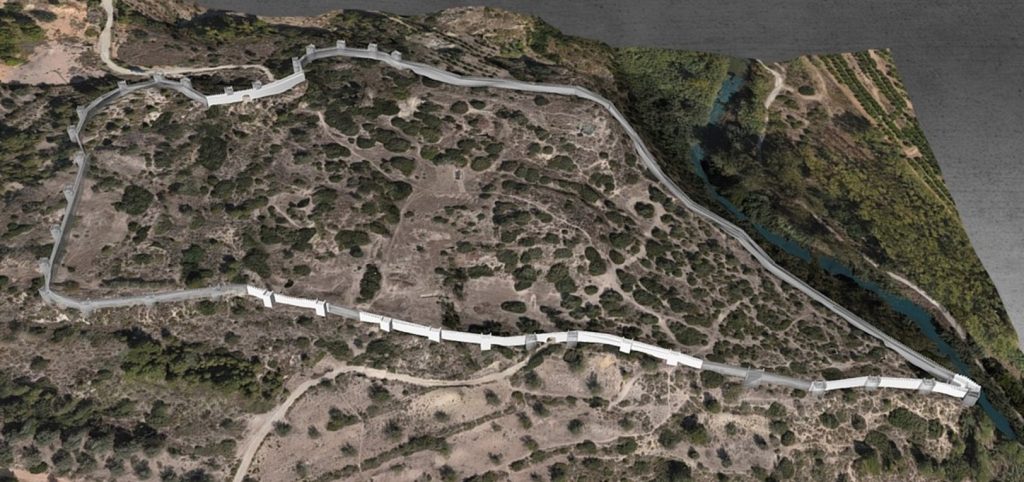
- Coordinated by: Albert Ribera.
- Archaeological direction: Òscar Caldés, Josep M. Macias, and Miquel Rosselló.
- Technical team: Andreu Muñoz and Josep M. Puche.
- Students 2023: Dalmau Díaz, Itziar Gutiérrez, Ruth Abad, Arantxa Navarro, Gemma Fernández, Xavier Fernández, Roger Solà, Belisa Tarín, Natàlia Jiménez, Sònia Millán, Víctor Bengoa.
- With the collaboration of Rubén Caballero, Iscael Alcon, José Luis Cordoba, Darío Pérez y Tonet Tro.
The Catalan Institute of Classical Archaeology (ICAC) is a CERCA center created as a consortium in 2003 by the Government of Catalonia and the Rovira i Virgili University. It is based in Tarragona, a city recognized as a UNESCO World Heritage Site in 2000, and specializes in advanced research and training in classical archaeology. We are CERCA!
